With the world rapidly evolving in technology and sustainability, and the growing desire for independence, portable power stations have become a household necessity in the 21st century. Whether you're remote camping, preparing for disasters, or simply aiming to reduce your power bills, these compact and power station outdoor will be a reassuring and essential part of your life in 2025.
1. Increasing Frequency of Power Outages
Wildfires, extreme temperatures, and increased storms, exacerbated by climate change, are putting more pressure on power grids worldwide than ever before. The U.S. alone recorded over 500 major outages due to weather-related events in 2024. This, coupled with the aging infrastructure in most developed countries, makes portable power stations a reliable backup power option during blackouts. Unlike gas-powered generators, they operate silently, are clean, and safe to use indoors, ensuring the safety of your medical equipment, communication devices, and other critical appliances during emergencies.
2. Rise of the Remote Lifestyle
There are digital nomads, work-from-anywhere professions, and flexible working arrangements, among others. The number of people working outside traditional office settings has soared since 2020. The remote workforce in the U.S. has increased to 34 percent, comprising both full-time and part-time employees. With portable power stations, one can use them in a remote cabin, on the beach, or on the road to power laptops and Wi-Fi routers. They are also portable; thus, as much as you are not in any particular position, productivity is unaffected.
3. The Surge in Outdoor Recreation
However, life in the post-pandemic world has influenced the preferences of many individuals toward nature and off-the-grid experiences. Overlanding, RV and van life, and camping have become popular activities, with over 90 million households in the United States engaging in outdoor recreation each year (Outdoor Industry Association, 2024).
For these adventurers, portable power stations offer:
- Silent operation (no noise pollution in nature),
- Solar recharging capabilities,
- USB, AC, and DC ports for charging multiple devices simultaneously.
4. Expanding Use of Renewable Energy
There is a global energy revolution underway. As wind and solar panels become more affordable, people are now seeking ways to collect clean energy and store it for later use. A significant part of this green shift is the adoption of portable power stations, and those that are compatible with solar panels are also notable.
- For instance, recent power stations, such as EcoFlow and Jackery, feature a 100% off-grid power system that allows them to charge their power banks using portable solar panels.
- Portable power stations are predicted to be at the center of microgrid ecosystems for homes and small businesses by 2025.
5. More Devices, Greater Dependency
The average number of electronic devices one person holds today is more than seven. We have smartphones and tablets, drones, cameras, e-bikes, and electric cookers; yes, it is our life. A lack of power availability or reliability will adversely affect our productivity, communication, and safety.
Portable power stations ensure your devices stay charged:
- At home during an outage,
- On the go during a road trip,
- In the wild, during camping or filming.
Their multi-port design enables them to charge AC, USB, DC, and Type-C devices simultaneously, ensuring uninterrupted functionality.
6. Emergency Preparedness Is Now Mainstream
A culture of preparedness has become mainstream due to heightened geopolitical risks, natural disasters, and global supply chain disruptions. Today, power security is included in the same emergency pack as food, water, and medical supplies.
The leading emergency management organizations currently include the following reasons to prefer the use of backup solutions powered by batteries to fuel-based generators:
- Lower risk of carbon monoxide poisoning,
- No fuel storage is required,
- Lower maintenance.
Many solar power station also include LED lights, SOS signals, and wireless charging options, adding utility in emergencies.
7. Technological Advances Have Made Them Better
Gone are the days when portable power meant bulky, heavy batteries with limited output. Today’s power stations are:
- LiFePO4 and lithium-ion battery tech,
- Quick-charging (some models renew 0-80% in under an hour),
- Long-lasting (up to 3500+ life cycles),
- App-enabled for smart usage and monitoring.
This means that in 2025, users will have greater capacity, improved performance, and enhanced safety.
8. Essential for Eco-Conscious Living
For the growing segment of the population committed to reducing their carbon footprint, portable power stations provide an excellent way to move away from fossil fuels. Compared to gas generators:
- They produce zero emissions,
- Require no oil or gas,
- Operate silently and without fumes.
Solar-compatible power stations are now part of many households’ sustainability plans, used to power small appliances such as fridges, routers, or LED lights during sunny days without drawing from the primary grid.
9. Increased Affordability & Accessibility
The price of a portable power station has also been reduced significantly. In 2020, a 500Wh unit cost more than 800 dollars. Brand-new similar or better models will cost $300 or even less in 2025, provided they do not require special features.
This price drop is driven by:
- Economies of scale,
- Improved manufacturing processes,
- Greater market competition.
As prices fall, more homes, RVs, and even small businesses add these devices to their energy arsenal.
10. Versatile Applications Beyond the Obvious
While most people consider them for camping or emergencies, portable power stations have broader applications:
- Outdoor film shoots for drones, lights, and monitors
- Food trucks for powering blenders or lighting
- Pop-up shops or market stalls
- Home medical support (e.g., powering CPAP machines)
- School field trips and educational workshops
- Temporary construction sites
This versatility makes them a wise investment for personal and professional use in 2025.
11. Integration with Smart Home Systems
According to the statistics, many houses nowadays will depend on smart devices, including security cameras, smart locks, automated lights, and thermostats, by 2025. Portable power stations keep these essential systems running during an outage. More sophisticated models now have Wi-Fi and are app-controllable, allowing you to monitor your battery weight, utilization, and charging process even when you're not present in the room, but rather part of the smart home and part of the smart workday.
12. Perfect Companion for Electric Vehicles (EVs)
With the current trend of EV adoption worldwide, many EV owners are discovering the appeal of complementing their vehicles with portable power stations. Power stations can be used, although they cannot fully charge an EV:
- Charging phones, laptops, or camping gear during road trips,
- Powering tire inflators, vacuums, or lights at remote locations,
- Providing auxiliary power at EV charging stations or while boondocking.
They also act as an excellent off-grid emergency backup when combined with solar panels.
Final Thoughts
Portable power stations are not just gadgets that campers or preppers can use; they are essential tools for anyone who needs reliable power. They have become a vital constituent of contemporary life and have resolved issues of power effectiveness, sustainability, mobility, and security. With the increasing dependency on electronics, the growing sense of uncertainty in a global world, and the shift toward eco-friendly energy, an easy-to-carry, clean, reliable, and dependable energy source is no longer something we can use, but rather something we need.
Frequently Asked Questions (FAQs)
Q1: How long do portable power stations last?
Most high-quality lithium-based power plants have a battery life of 2,000 to 5,000 charge cycles, which translates to 5-10 years of heavy use. 12v 300ah lifepo4 batteries are more identified with their endurance capacity and long-term life.
Q2: Can a portable power station run a refrigerator or air conditioner?
Yes—so long as it is of the correct wattage. A mini fridge would use about 60-100 watts, but a full version would run up to 300-800 watts. Air conditioners also require more power (over 1000 watts), and to operate such devices, you will need a high-capacity station (over 1000Wh).
Q3: Are portable power stations better than gas generators?
Portable power stations are far superior for indoor, quiet, and eco-friendly use. They are:
- Safe (no CO poisoning risk),
- Silent,
- Maintenance-free,
- Renewable (solar-charging compatible).
Nonetheless, gas generators are still better suited in long-term, heavy-duty applications where refueling is readily available.
Q4: How do I recharge a portable power station?
Most models support:
- Wall AC charging (fastest),
- Car charging (DC port),
- Solar panel charging (eco-friendly),
- USB-C (for smaller models).
Solar recharging is perfect for off-grid living or crises with no access to grid power.
Q5: What size of power station do I need?
It depends on your use case:
- 300Wh–500Wh: Phone, camera, Wi-Fi, lights
- 500Wh–1000Wh: Laptops, CPAP, small fridge
- 1000Wh+: TV, power tools, large appliances
Always analyze your watt-hour needs before purchasing.
In a world where energy resilience and mobility are more crucial than ever, portable power stations provide an innovative and sustainable solution for modern living. As we proceed into 2025, investing in one isn’t just a convenience—it’s a forward-thinking necessity.

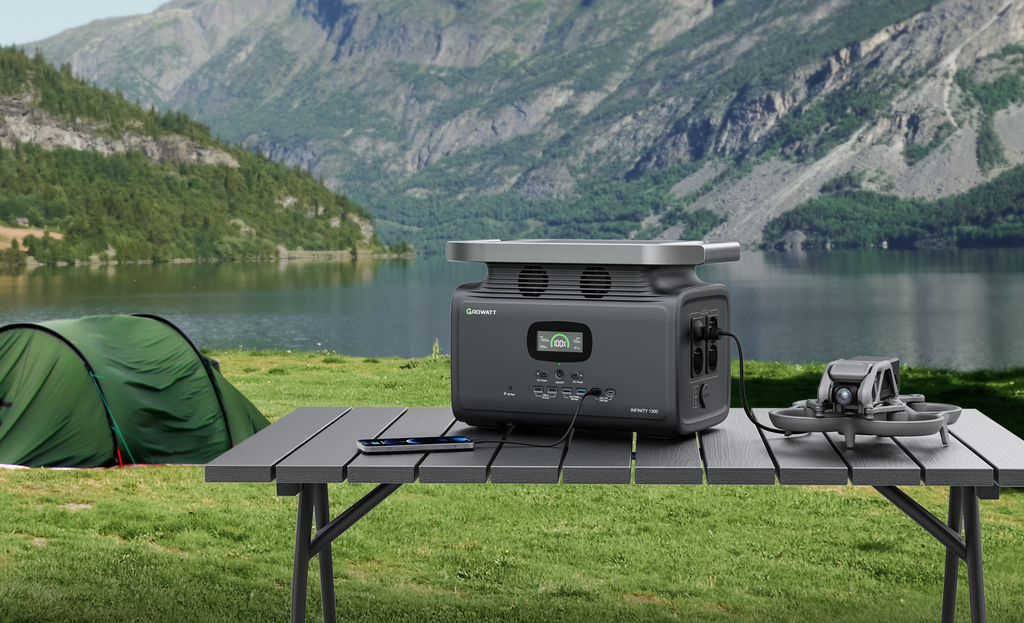
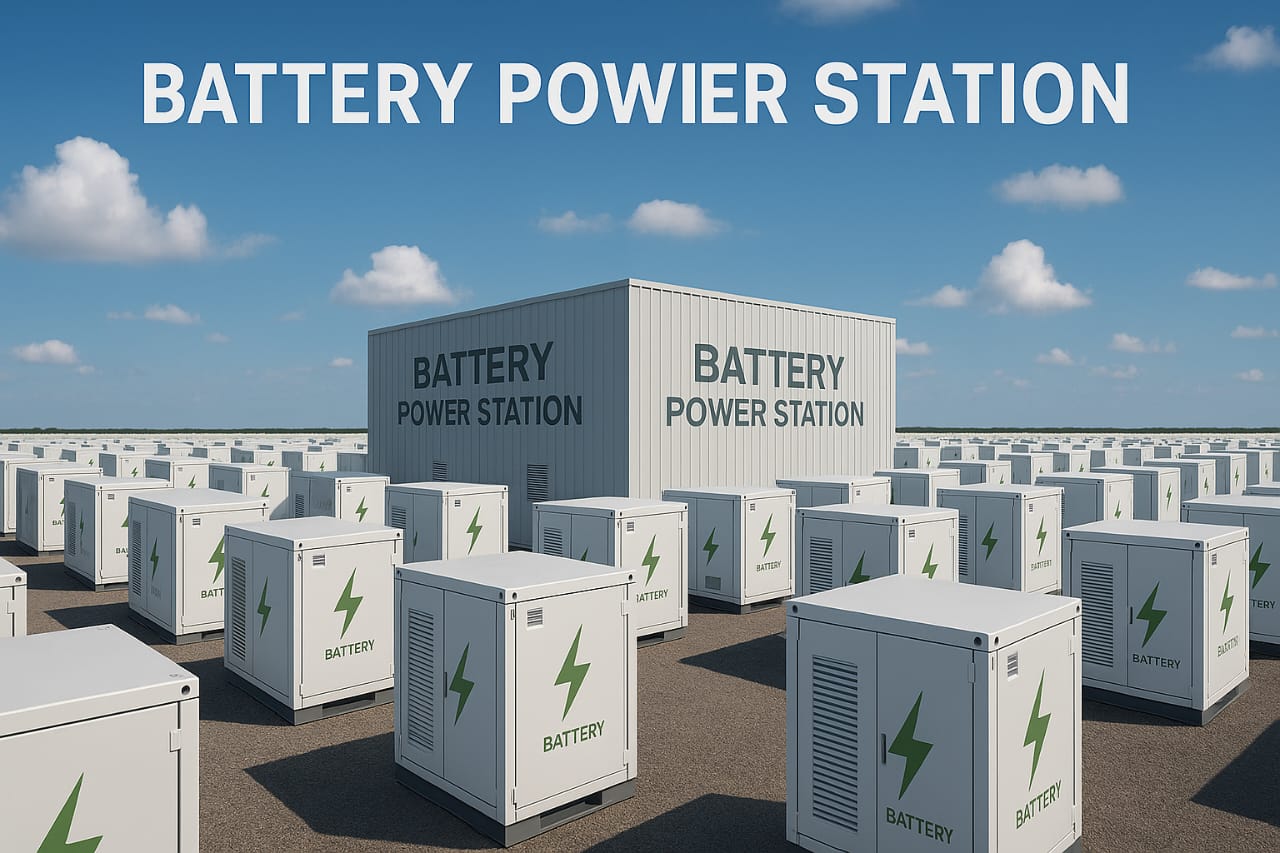
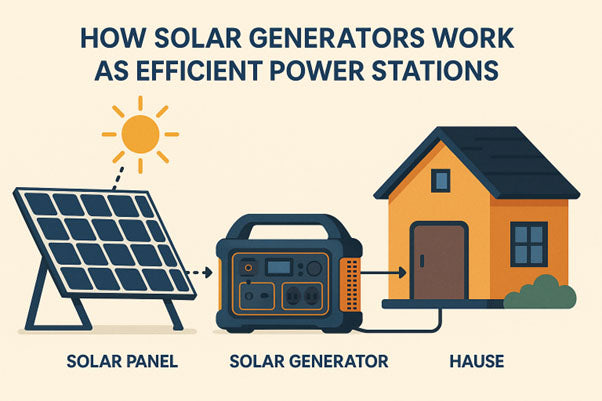
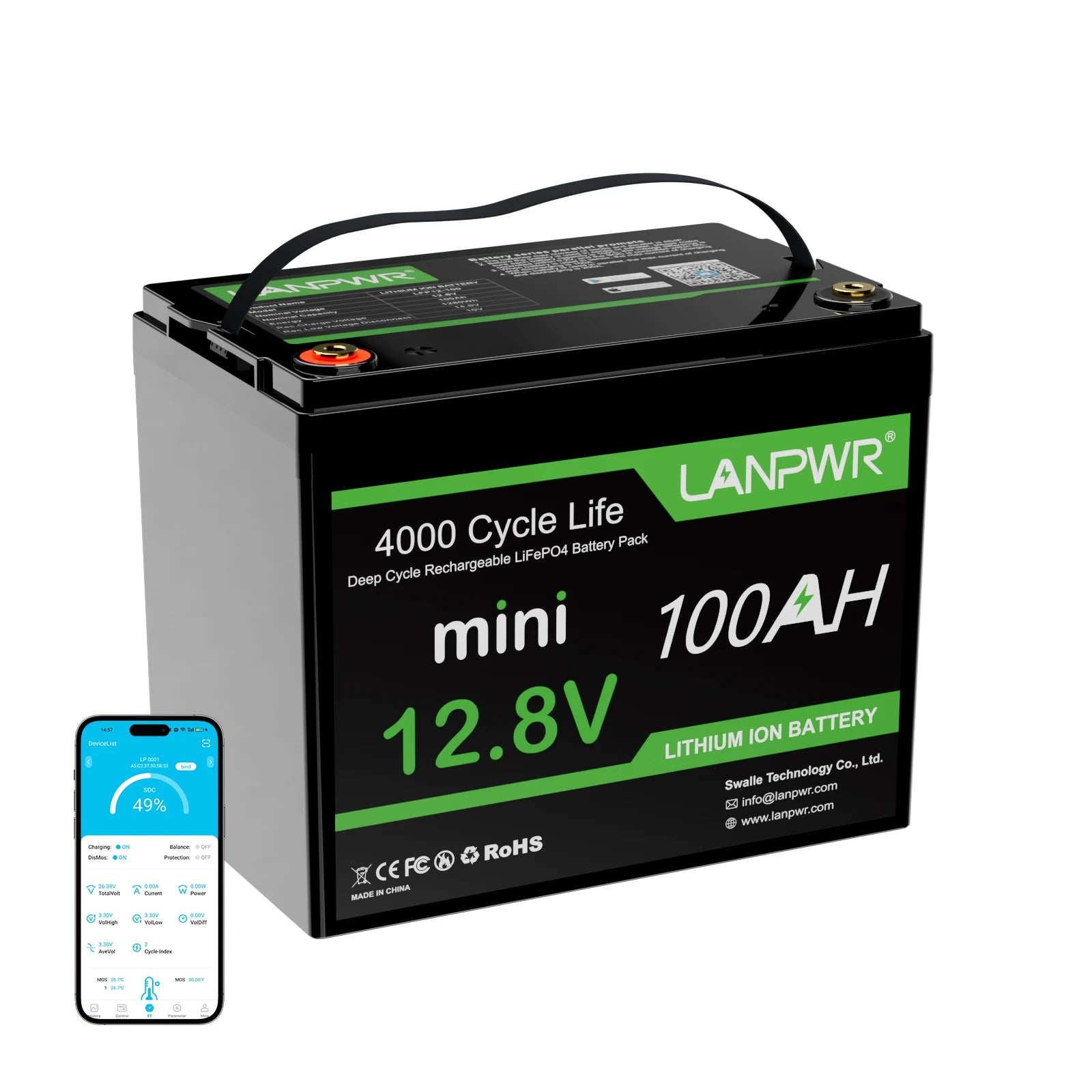

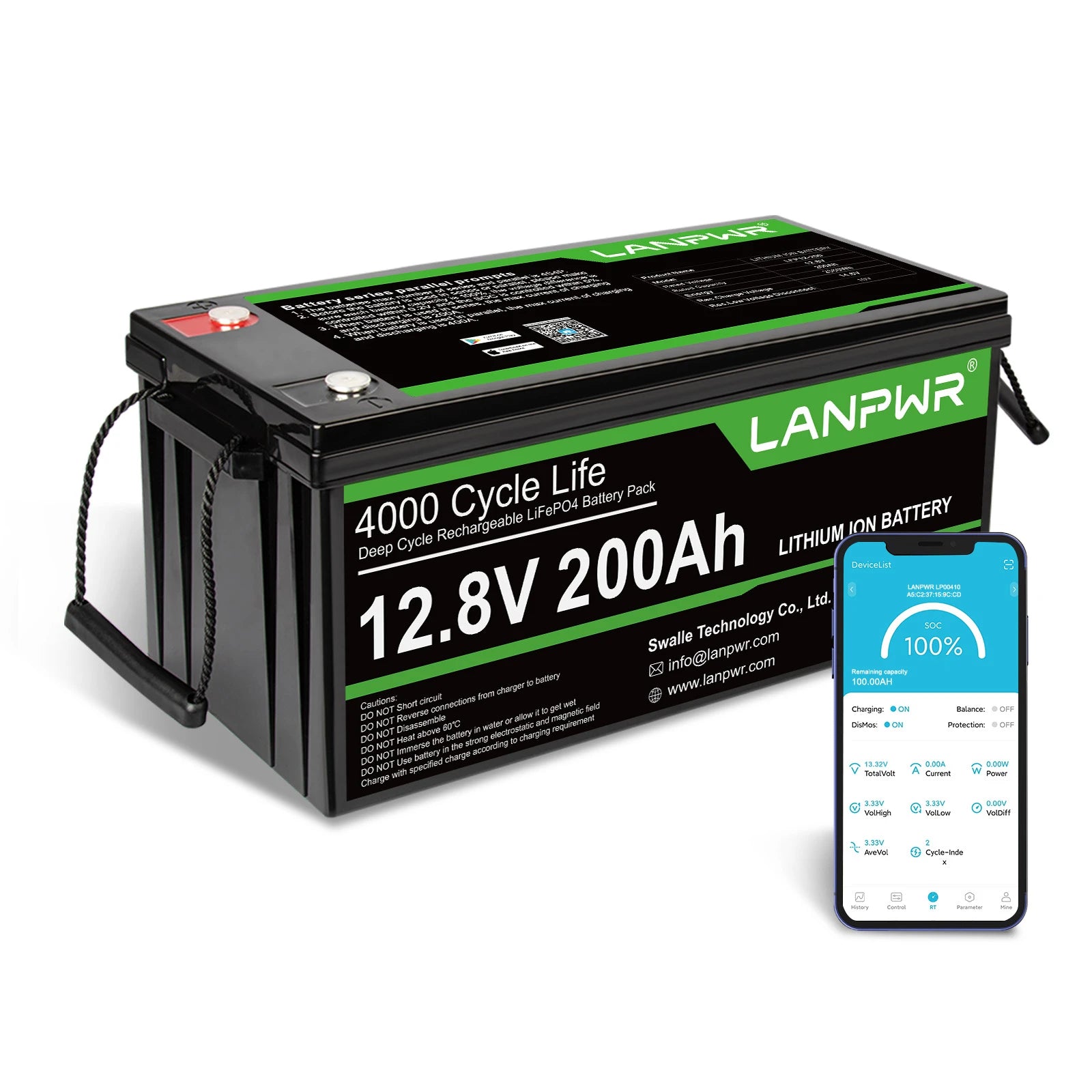

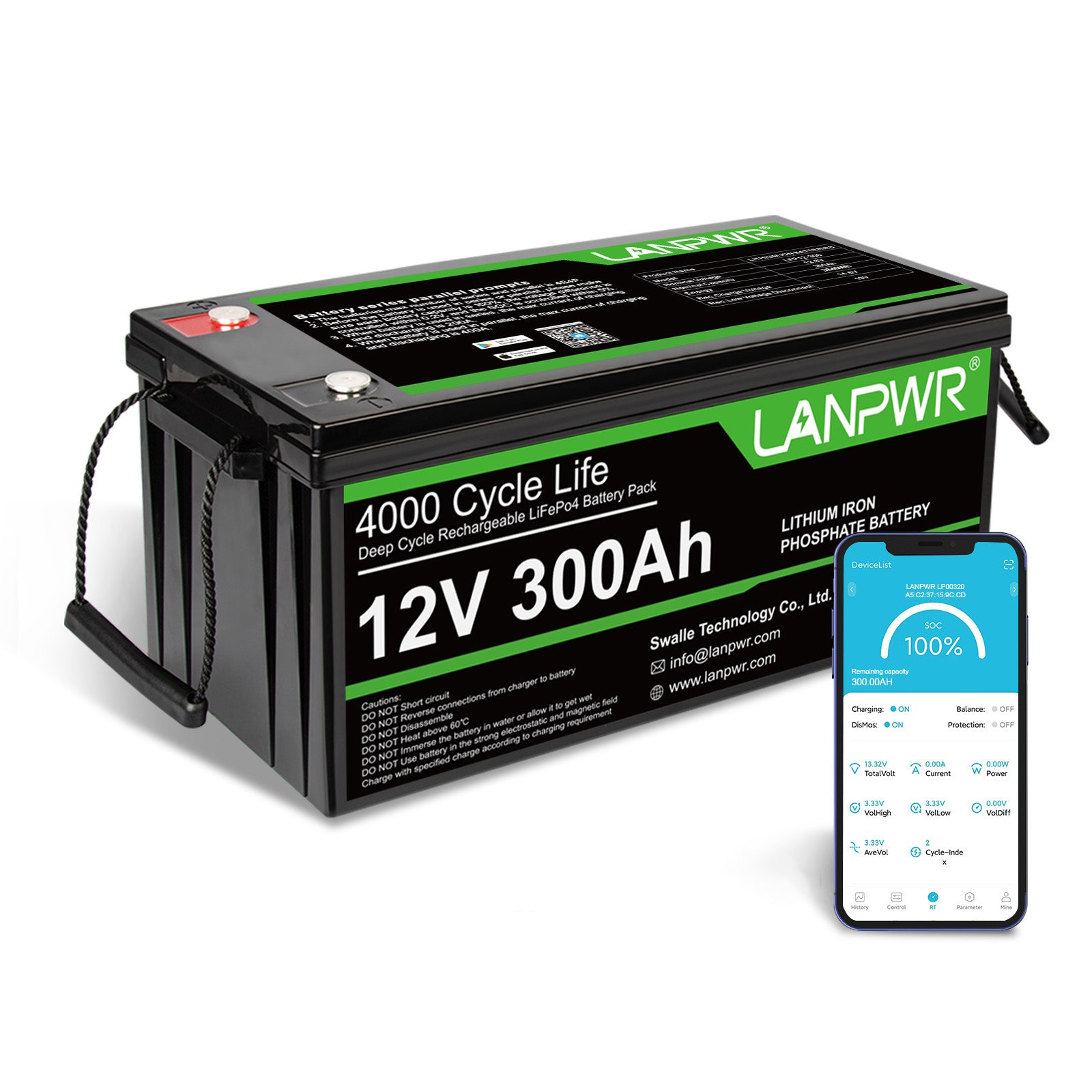

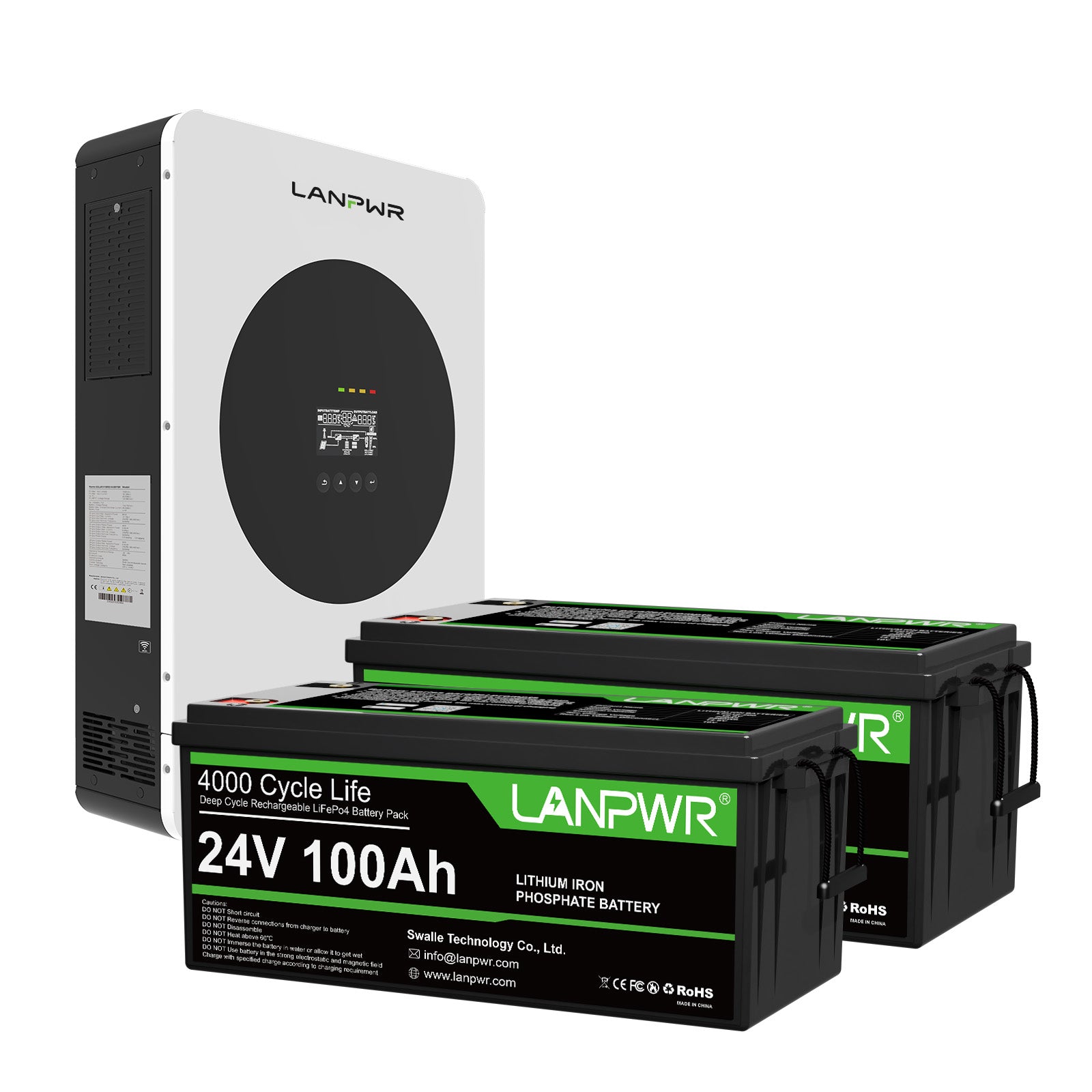
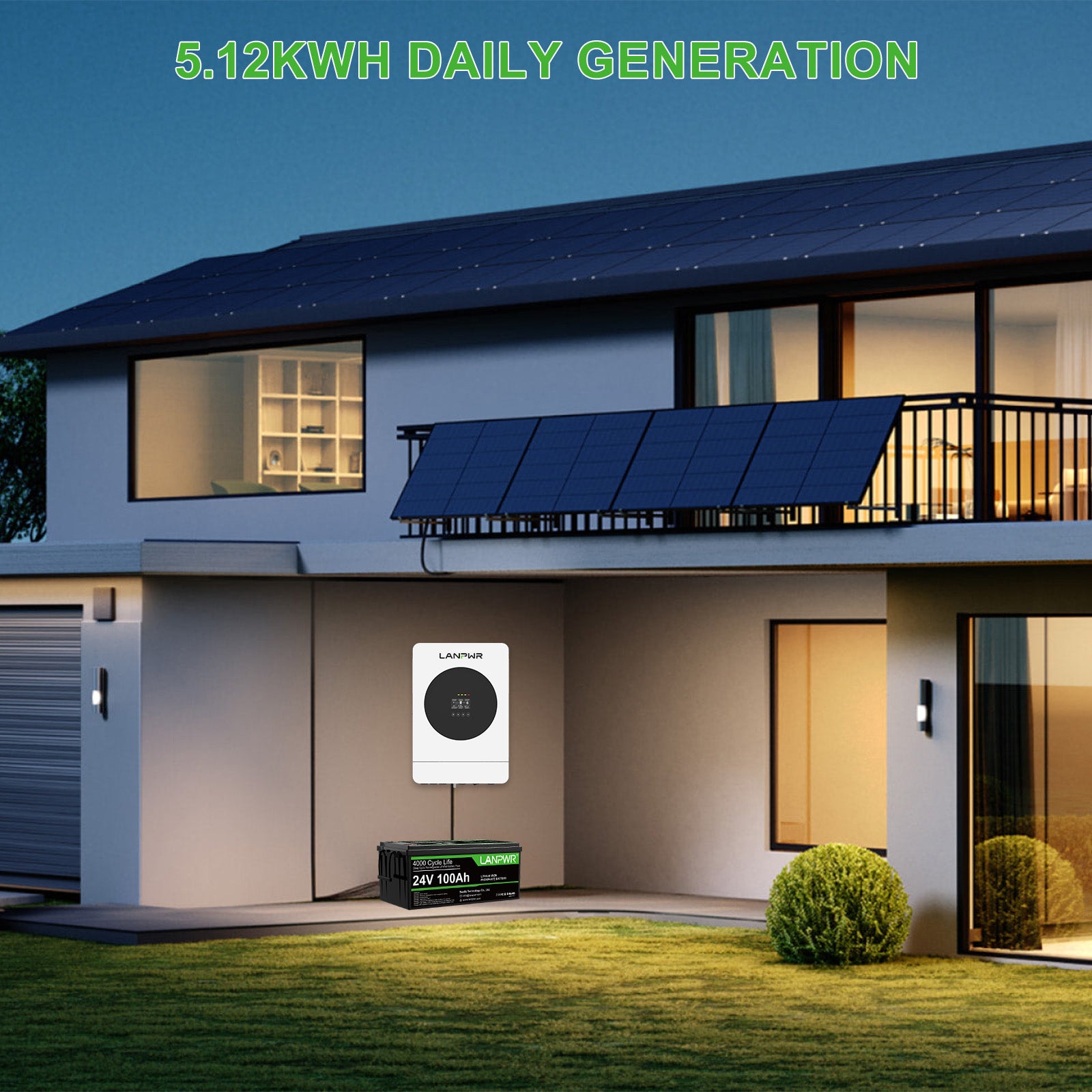


Leave a comment
This site is protected by hCaptcha and the hCaptcha Privacy Policy and Terms of Service apply.